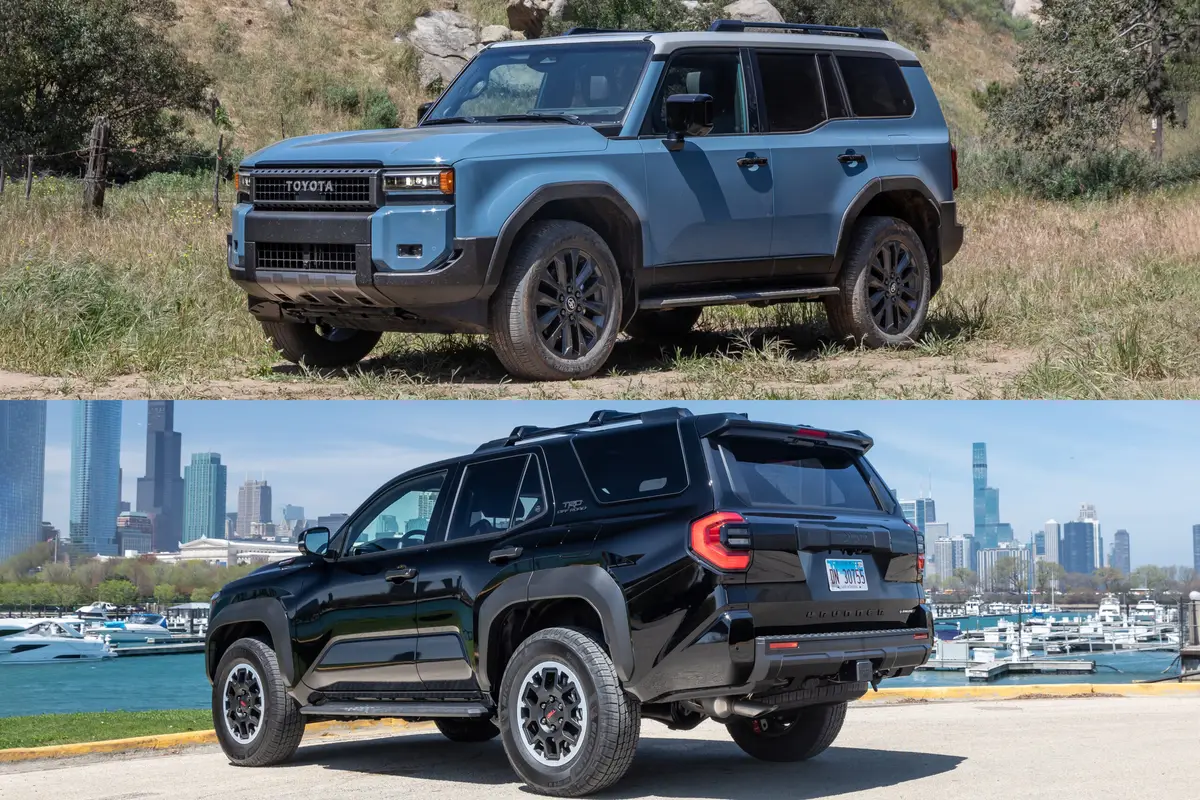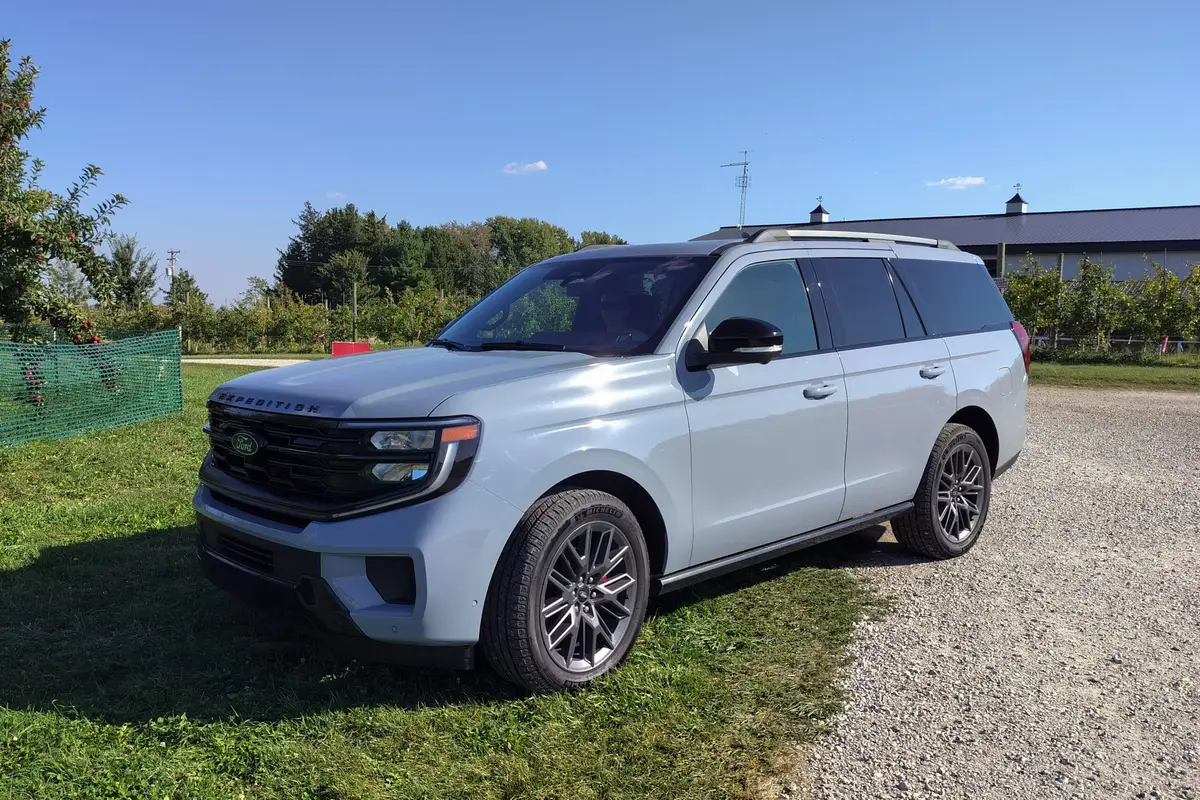Pickup Trucks 101: What Type of Trailer Do You Need?
There are a variety of trailer types on the market today. And their purposes vary greatly, as do the ways they attach to a tow vehicle. In this first part of a two-part series we will cover trailer types that are used for leisure. This piece does not cover the differences between types of hitches (bumper pull, gooseneck, fifth-wheel) or trailer brake types (electric, surge, hydraulic); however, they will be mentioned. For many, choosing the right trailer so you can do what you love is all that's needed to start a memorable vacation, but if you need a quick refresher about towing terms and important issues, click here. Part two will cover work trailers.
Travel Trailers
Travel trailers come in many styles and sizes. They are designed for use in well-developed campgrounds as well as in off-grid locations. They range in size from 10 feet long to more than 30 feet long. Travel trailers use the conventional bumper-pull connection/hitch style, and most use a 2 5/16-inch hitch ball. They can have single or multiple "slide-out" rooms that provide more living space inside the trailer without increasing their length. Most travel trailers available in the U.S. are for on-pavement travel and aren't designed for extensive dirt/gravel road travel; they will have a much shorter life if used in that kind of environment.
These trailers are excellent for towing behind SUVs since they don't require a pickup truck bed attachment. When towed behind a pickup truck they allow for full use of the truck bed for other cargo. Larger versions of this style of trailer will likely require a weight-distribution hitch for SUVs and lighter pickups. Even if a trailer does not require a weight-distribution hitch, such a hitch is a good idea as many weight-distribution hitches help mitigate trailer sway. These types of trailers can vary in weight from 3,000 pounds to more than 13,000 pounds.
Fifth-Wheel Trailers
Fifth-wheel trailers connect to the pickup truck via a fifth-wheel hitch and king pin located in the bed of the pickup. This style is similar to what big rigs use. Fifth wheels provide excellent stability and allow a larger trailer to have a shorter combined truck and trailer length. Fifth-wheel trailers vary in length from around 20 feet long to more than 40 feet. Like travel trailers, fifth wheels are mainly designed for use in well-developed campgrounds but can be outfitted to go off the grid. Also like travel trailers, most available in the U.S. aren't designed for extensive dirt/gravel road travel.
While there are "slider" fifth-wheel hitches and other variations that allow these trailers to be towed behind trucks with shorter beds, the best towing option is to use an 8-foot-long-bed truck. There are a few fifth-wheel trailers light enough that they can be towed with a half-ton pickup; however, most fifth-wheel trailers will require three-quarter or one-ton pickups. They also can accommodate a heavy tongue weight when compared to a bumper-pull trailer, which likely will require the higher payload of a heavy-duty truck, even if the trailer weight is within a half-ton's towable range. To tow the larger fifth-wheel trailers, a dual-rear-wheel truck (commonly called a dually) may be needed for added stability and payload capacity. These trailers have gross vehicle weight ratings in excess of 20,000 pounds.
Pop-Up Camping Trailers
Camping trailers are also referred to as tent or pop-up trailers. They are generally much smaller and lighter than travel trailers and fifth wheels, but expand to create a comfortable living space. They range in length from less than 8 feet to more than 20 feet. They are great for towing behind mid-size pickups, small SUVs and even some crossovers.
With their smaller size, camping trailers are easier to use on tighter or narrower roads. Due to the expanding and closing feature of these trailers, they are generally less isolated/insulated from the environment than travel trailers and fifth wheels. They also need to be thoroughly dried out after being exposed to wet weather when they are in their expanded state. If closed and stored wet they can create an environment that promotes mold growth. Camping trailers range in weight from less than 1,000 pounds to more than 5,000 pounds.
Toy Haulers
Toy haulers can be any of the previous styles of trailers, but with the addition of a garage area for most travel trailers and fifth wheels and/or a deck area for camping trailers and some travel trailers. On travel trailers and fifth wheels, the garage is generally enclosed on the back of the trailer with room for two to four ATVs, a small buggy or a side-by-side. The garage area often houses bunk beds as well. Toy hauler decks on most travel trailers and camping trailers are placed in front of the living quarters. Many toy haulers have storage tanks for extra fuel for the toys.
While toy haulers seem like an efficient use of space, they have some downsides, not the least of which is the gasoline and exhaust smells from the garage can seep into the living area. It also can be difficult to keep the correct tongue weight with these trailers, as the weight of the toys is either at the front or rear of the trailer. Adding weight to the rear of a trailer reduces tongue weight, while adding weight to the front of a trailer increases the tongue weight. Toy haulers can have gross vehicle weight ratings at or around 5,000 pounds to more than20,000 pounds, depending on the configuration and trailer type.
Tear-Drop Trailers
Tear-drop trailers are typically smaller than the other trailer types and nimbler. Some are even small enough to be towed behind a motorcycle. Due to their compact size they are also popular with off-roaders and overlanders. Inside, they generally have a bed and a little bit of storage. The kitchen is often under the rear hatch outside of the trailer. Most tear-drop trailers don't exceed a gross vehicle weight rating of 5,000 pounds.
Boat Trailers
Boat trailers most commonly use bumper-pull hitches, with some large boats requiring a gooseneck connection. The main difference with bumper-pull boat trailers is that they use surge brakes. Surge brakes have a mechanism in the trailer tongue that will apply the trailer brakes when the tongue is placed in compression, i.e., when the trailer is pushing the tow vehicle forward. Boat trailers often use a five-pin wiring connector instead of the standard four-pin or seven-pin connectors. The fifth pin is used to lockout the brakes so that they don't apply when the tow vehicle is in Reverse. Boat trailers can vary greatly in weight, but most boat trailers loaded with boats used for water skiing or wake boarding do not exceed 8,000 pounds.
Other Trailers
There are a variety of other trailers such as flat decks, tilt decks, enclosed, and livestock trailers that are used for work activities. Many of these will be discussed in the second part of this series.
Summing Things Up
Trailers can be as basic as a cot inside of a cargo trailer or they can contain luxuries such as full-size showers, tile floors or granite countertops. Costs range from a few thousand dollars for bare-bones base models to more than $100,000 for well-equipped trailers with multiple TVs, a patio, a full-size refrigerator, multiple bedrooms and bathrooms, and high-end lounge chairs. You just have to decide what you want, need and can afford.
Manufacturer images; Cars.com photos by Matthew Barnes

Featured stories



